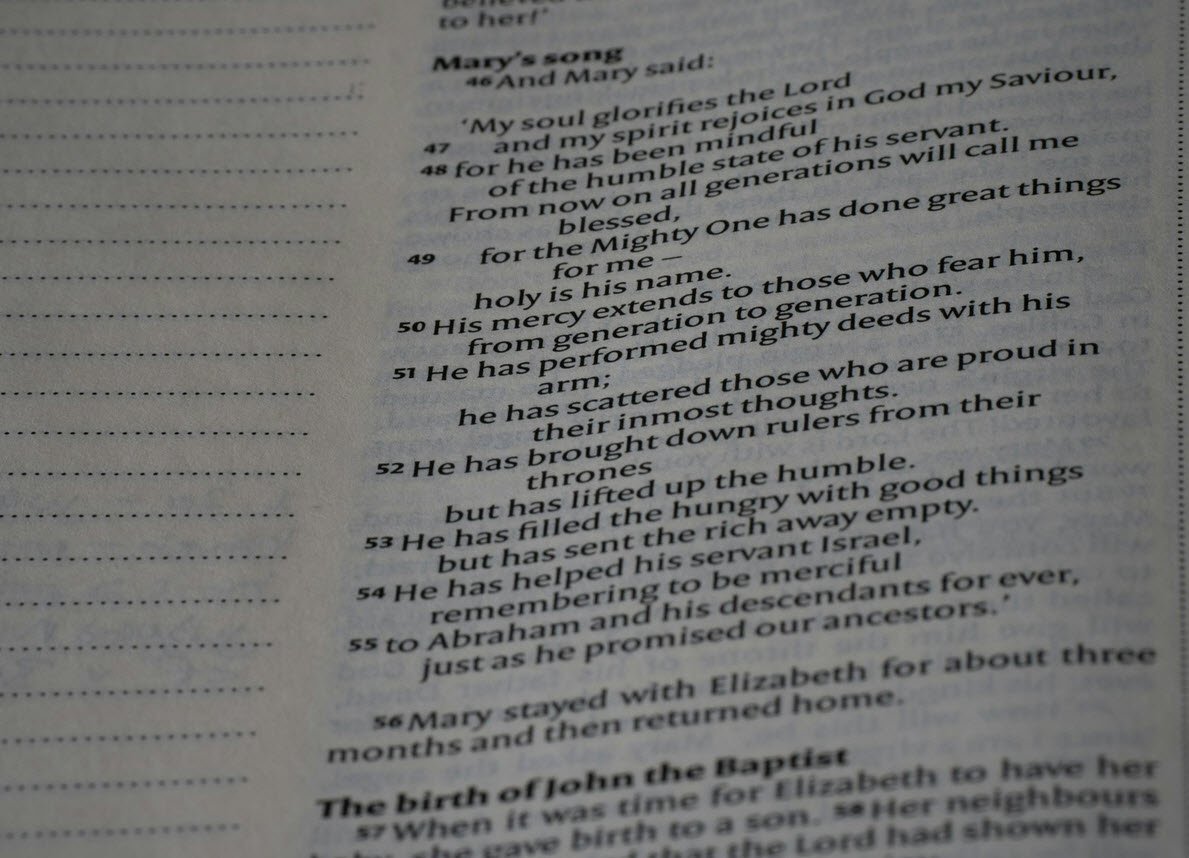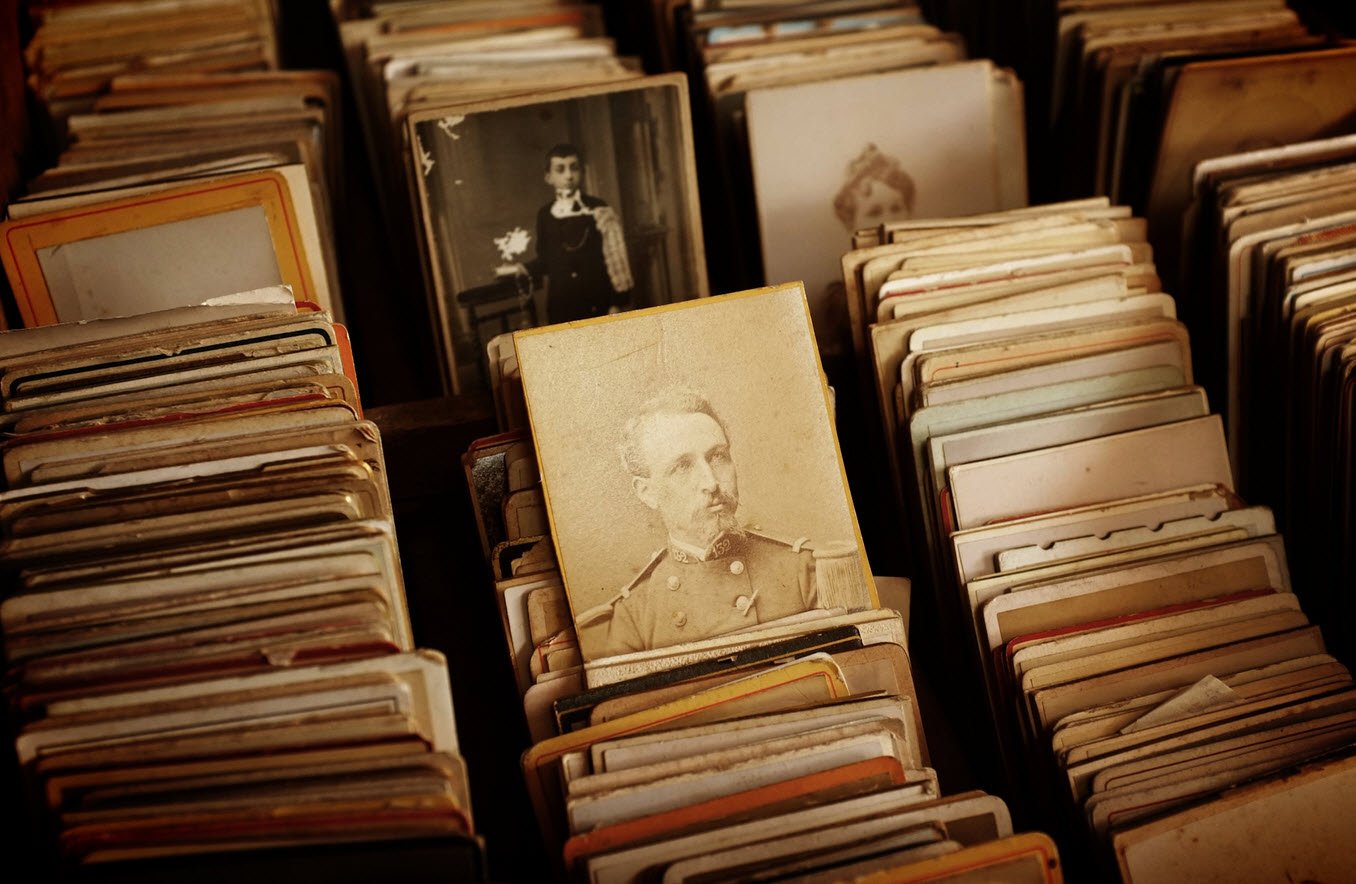
The TOEIC (Test of English for International Communication) is an English language proficiency test designed to assess the English language skills of non-native speakers in a business or professional context. The test is widely used by organizations around the world to evaluate the English language skills of job candidates, employees, and students.
The TOEIC test consists of two parts: the TOEIC Listening and Reading Test and the TOEIC Speaking and Writing Test. The TOEIC Listening and Reading Test is a paper-and-pencil test that consists of multiple-choice questions, while the TOEIC Speaking and Writing Test is a computer-based test that consists of spoken and written responses to prompts.
The test is designed to measure a wide range of English language skills, including listening comprehension, reading comprehension, speaking ability, and writing ability. Overall, the TOEIC is a widely recognized and respected English language proficiency test that is used by organizations around the world to evaluate the English language skills of non-native speakers.
Q&A Topic: Cellular Telephones
Cellular telephones, also known as cell phones, are handheld devices that allow users to make voice calls, send text messages, and access the internet. They use cellular networks to communicate and transfer data.
Here are some questions that can help you to clear the TOEIC exam:
Q1 All ________ the world, cellular telephones are being used more and more.
(a) about
(b) around
(c) in
(d) past
Answer: (b) around
Q2 Cell phones are hand- ________ devices; they are also called wireless or mobile phones.
(a) carried
(b) crafted
(c) held
(d) made
Answer: (c) held
Q3 Cell phones are ________ with users because they are small, light and easily transported.
(a) common
(b) famous
(c) popular
(d) well-liked
Answer: (c) popular
Q4 Cellular telephones are actually little different than two- ________ radios.
(a) channel
(b) party
(c) path
(d) way
Answer: (d) way
Q5 A caller speaks into a cell phone, and it picks ________ his or her voice, transforming the sound into radio waves.
(a) at
(b) out
(c) over
(d) up
Answer: (d) up
Q6 Then these radio waves are transmitted through the atmosphere until they meet a ________ base station.
(a) near
(b) nearby
(c) nearly
(d) neighborhood
Answer: (b) nearby
Q7 The station sends your phone call ________ the standard telephone network, where it eventually reaches the receiver.
(a) among
(b) around
(c) at
(d) through
Answer: (d) through
Q8 Cell phones provide a vast array of ________ these days, and new ones are being added all the time.
(a) buttons
(b) customers
(c) duties
(d) functions
Answer: (d) functions
Q9 When someone calls you, your cell phone receiver ________ radio waves sent out by the base station.
(a) collects
(b) detects
(c) elects
(d) selects
Answer: (b) detects
Q10 Inside your cell phone, these waves are converted ________ into the sound of the caller’s voice.
(a) back
(b) backward
(c) forth
(d) forward
Answer: (a) back








